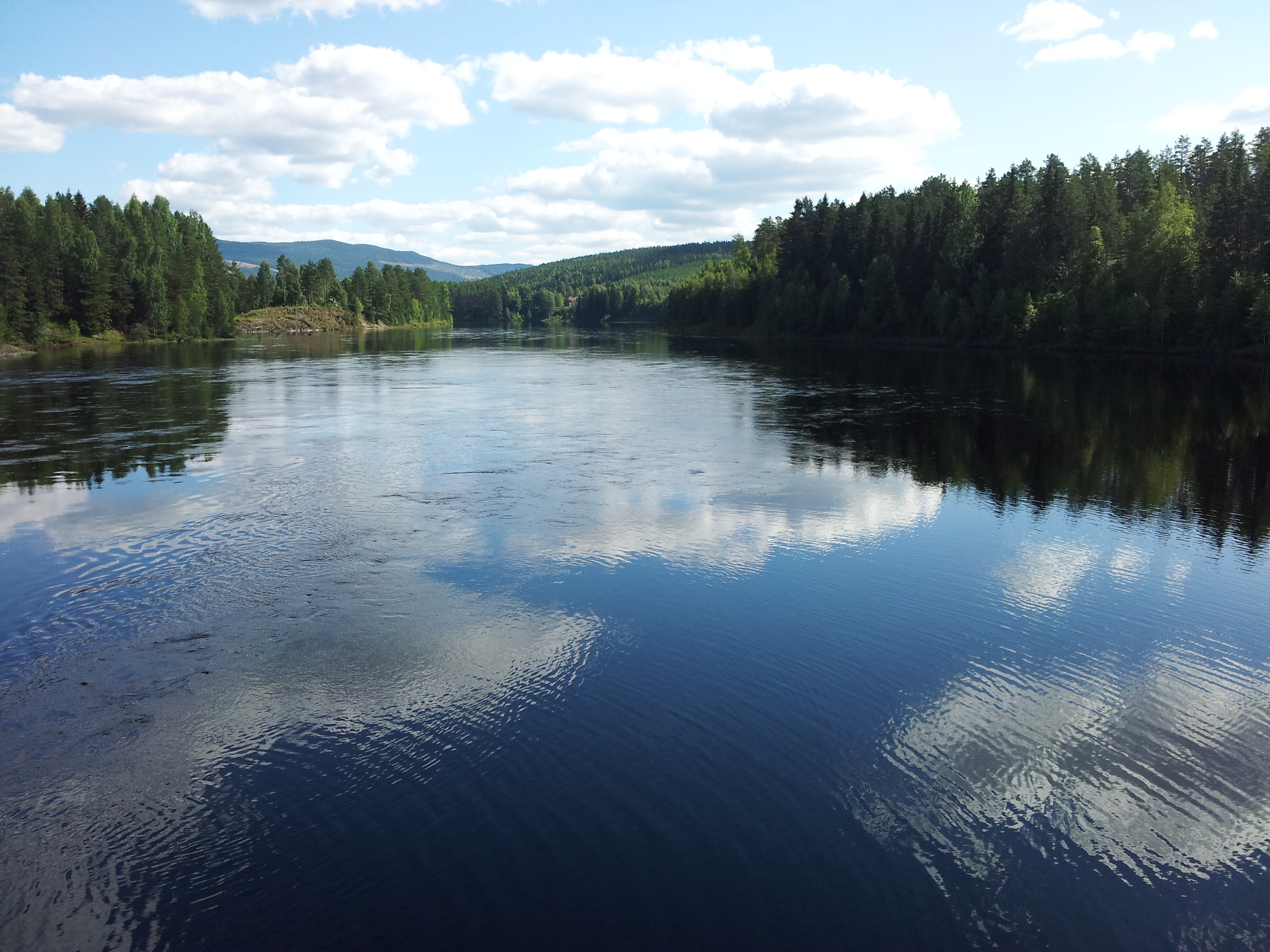Posted by Karl Filipsson |
Naturresurs rinnande vatten
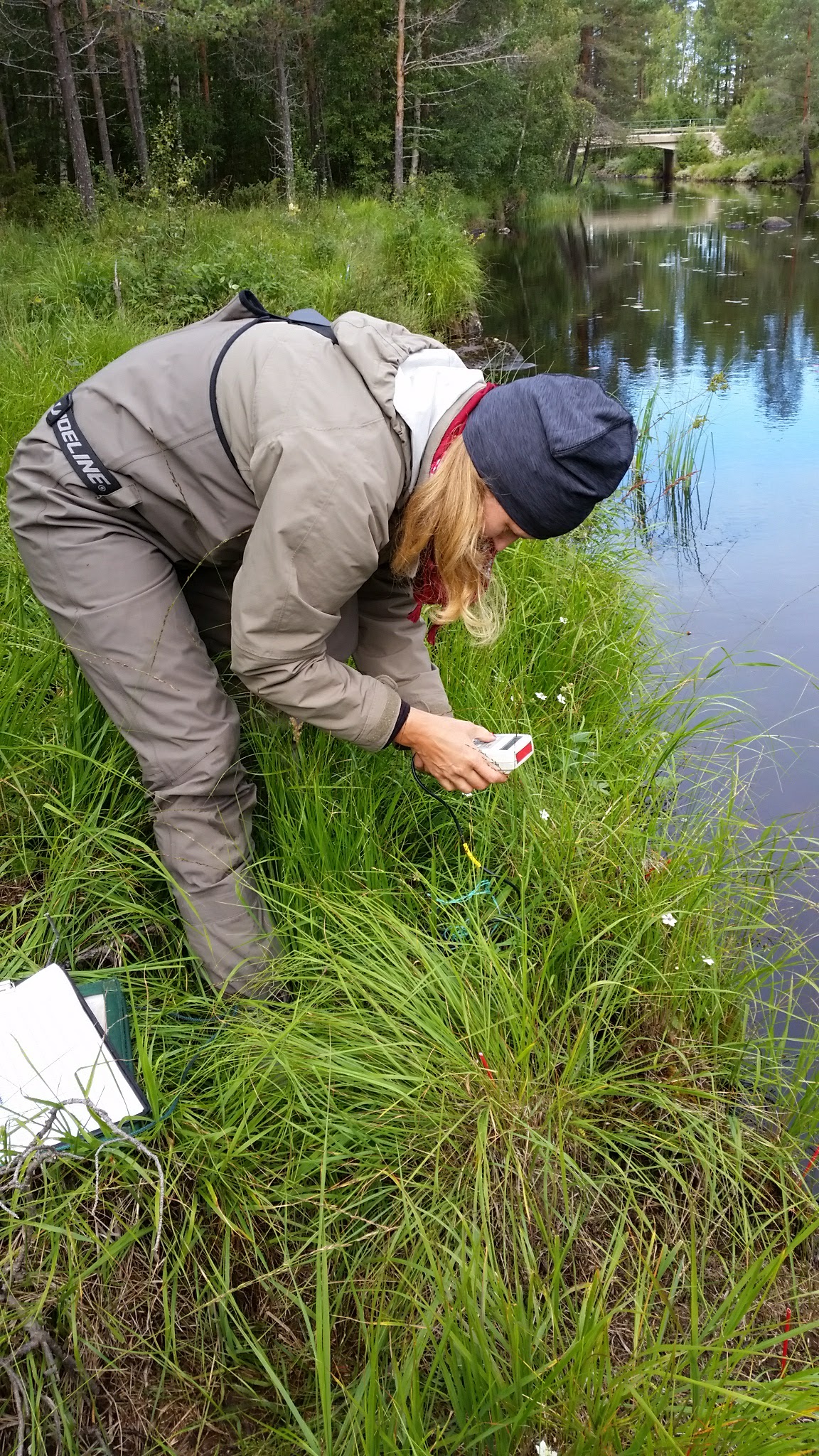 Lovisa Lind recently started her position as Associate Professor in landscape ecology at Karlstad University and the NRRV research group. Here she presents her scientific background and research interests:
Lovisa Lind recently started her position as Associate Professor in landscape ecology at Karlstad University and the NRRV research group. Here she presents her scientific background and research interests:
“Hello, I’m Lovisa Lind and I am very excited to join such a great research group. For the past years, I have been working enthusiastically as an ecologist with a specific focus on riparian, aquatic and winter ecology, and hydrology. My research strategy is to take a basic research approach to answer ecological and management questions with a focus on riparian zones. More specifically, I study interactions between terrestrial and aquatic processes, and how species diversity, distribution of organisms and ecosystem services respond to such interactions. I apply these research findings to current land use problems to develop best management practices to protect and optimize ecosystem services in the landscape.
My PhD work combined fundamental and applied questions. My thesis describes mechanisms structuring riparian vegetation along streams and rivers in relation to river ice formation, as well as the spatial variability of ecosystem services provided by riparian zones in boreal Sweden. As scientists predict climate change to influence ice formation, snow cover and winter temperatures in cold regions there is great need to study its influence on the river ecosystems. Hence, my research has provided novel evidence that different types of ice formation in streams and rivers influence the species diversity in the riparian zone, and that future changes in climate might decrease the river ice season and therefore affect the riparian flora. In addition, I have collaborated with a Norwegian hydrologist to complement my ecological understanding with hydrological processes during winter. This collaboration resulted in a simple model over river ice formation, which can be beneficial for managers in cold-water regions. Working on a large spatial scale also has provided me with a very thorough river system knowledge and I was therefore involved in several restoration projects. The Vindel River LIFE project, which was an EU funded restoration project involved many different stakeholders and opened up for new findings and new questions regarding river restoration. I have also worked on identifying the channel topography that is optimal for restoration efforts to sustain the biodiversity that is typical for boreal streams.
In 2015, I joined the Jefferson Project at Rensselaer Polytechnic Institute (RPI) for a one-year postdoctoral position. The Jefferson project is a collaboration between RPI, IBM and the FUND for Lake George and combines data analytics with experimentation to understand how human activity affects Lake George. The goal of the Jefferson Project was to revolutionize the way we research, monitor, conserve, and interact with aquatic ecosystems. By combining cutting-edge sensing technology (e.g., underwater sensors, weather stations) with state-of-the-art computing and visualization power, we aimed to fast-forward our understanding of lake ecosystems and to make Lake George a global model for ecosystem understanding and protection. My role in this large project was to investigate the effects of road salt usage and eutrophication on aquatic ecosystems.
After the postdoctoral position at RPI, I joined Hjalmar Laudon´s lab at SLU, Umeå for another postdoctoral position. There I focused on how to optimize buffer zones in agricultural landscapes by conducting a meta-analysis. One of the goals of my project was to provide landowners and managers with guidelines on how to adjust buffer zones in their catchment in order to sustain resilient landscapes. In the meantime, I was in charge of two projects funded by HaV (The Swedish Agency for Marine and Water Management) regarding buffer zones in agricultural landscapes.
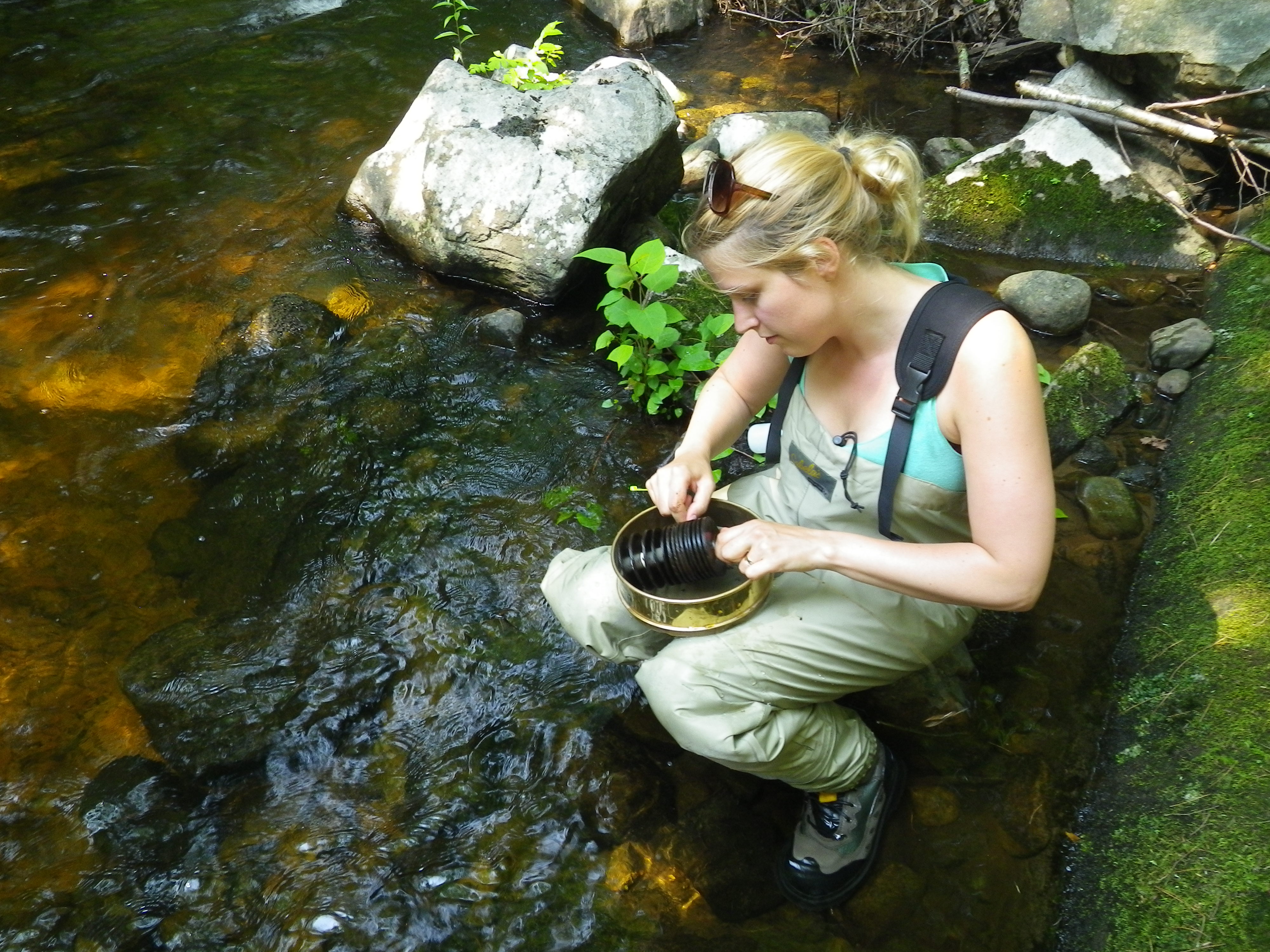
Thereafter, I once again joined the Landscape Ecology Group at Umeå University. The research involves various aspects of watershed science and management. Mainly, I study how the position in the landscape influences the biological variation in streams and riparian zones. I also explore the role of different process domains (lakes, rapids, slow-flowing reaches) in determining the species composition in restored sites further downstream. I also address how anthropogenic disturbance within a catchment or landscape influences the restoration success. Within a catchment or a landscape the anthropogenic influence on the rivers and streams varies with for example the number of and closeness to roads, and agricultural or forestry land-use. Therefore, I will determine the degree of anthropogenic disturbance by using GIS and field visits to restored river segments and thereafter connect it to the species richness and diversity of riparian and instream vegetation.
In my research, I have worked with ecology, hydrology, restoration ecology, food webs, river ice and biogeochemistry, and therefore gained a holistic understanding of watershed science and management. Even though I am enthusiastic about conducting fundamental and empirical research, I always want to link my findings to applied questions. Applying research findings to today’s nature management is an important part of being a scientist and I am keen to creating collaborations with managers and companies as well as being involved in teaching and communication of research findings.”
Find out more about Lovisa and her research on her website.
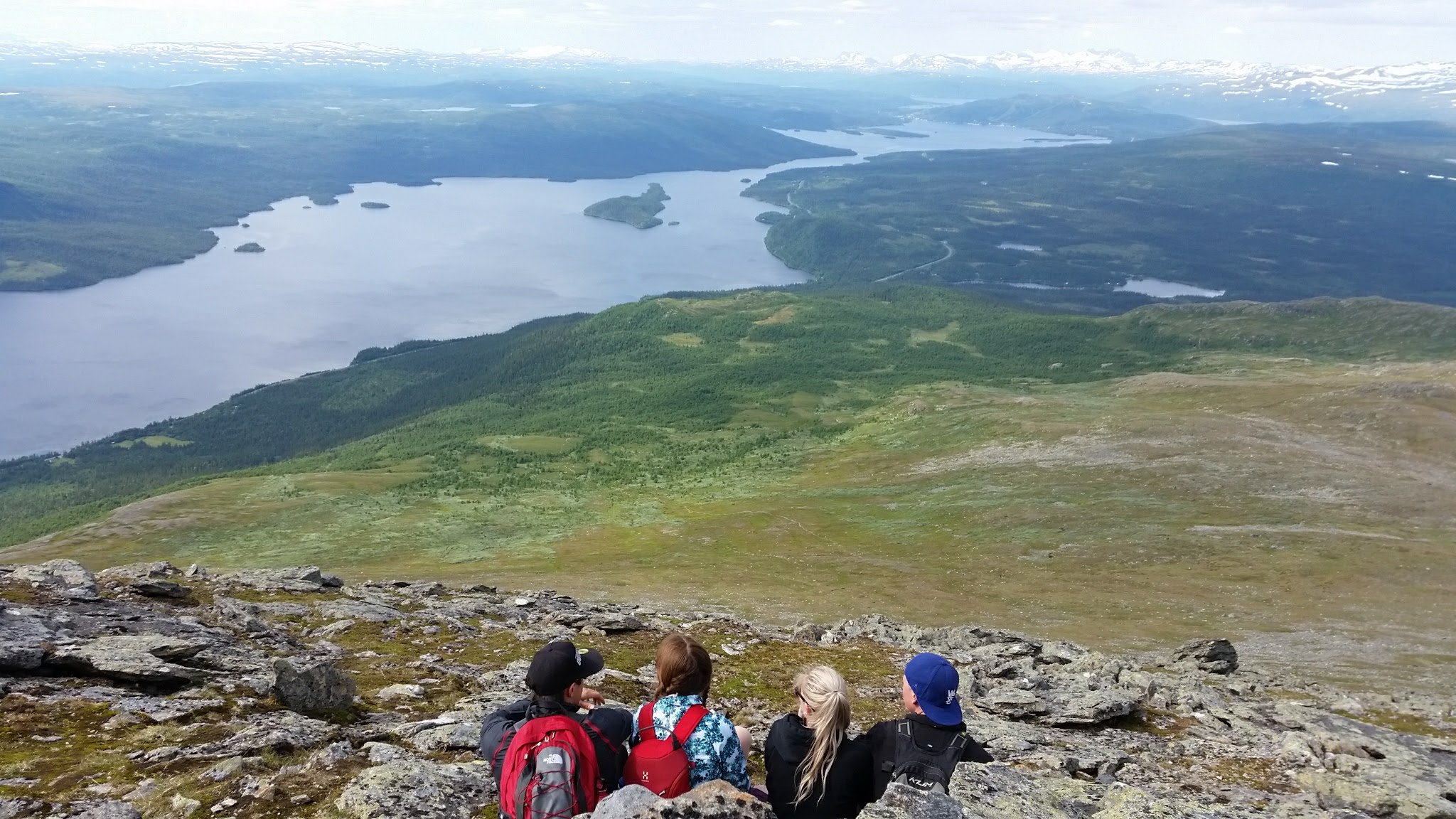
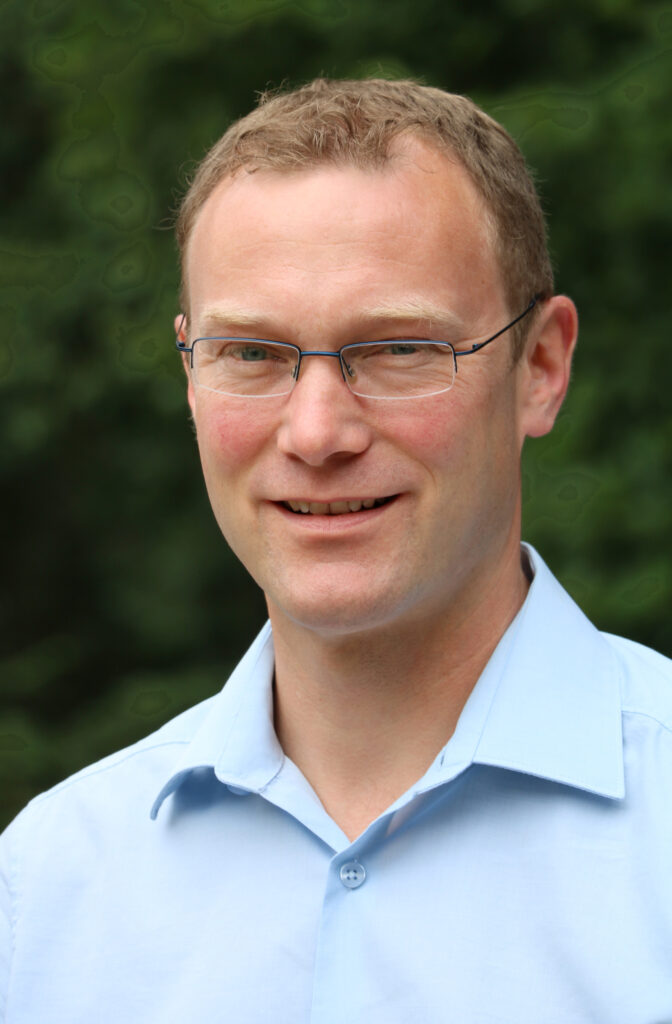



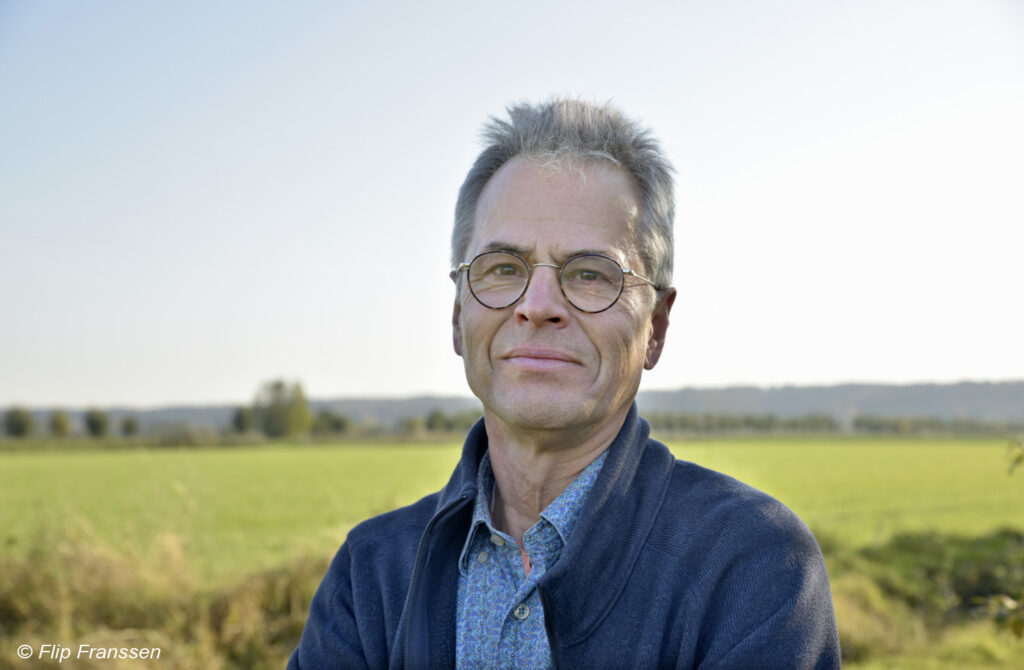
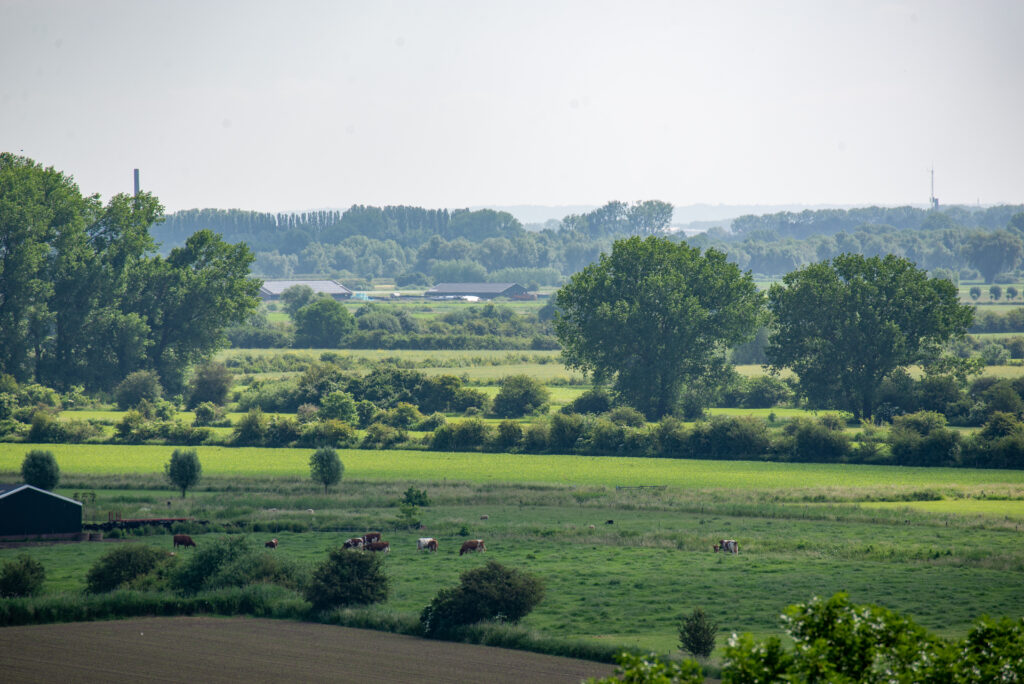
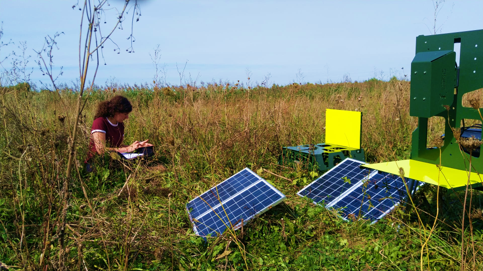
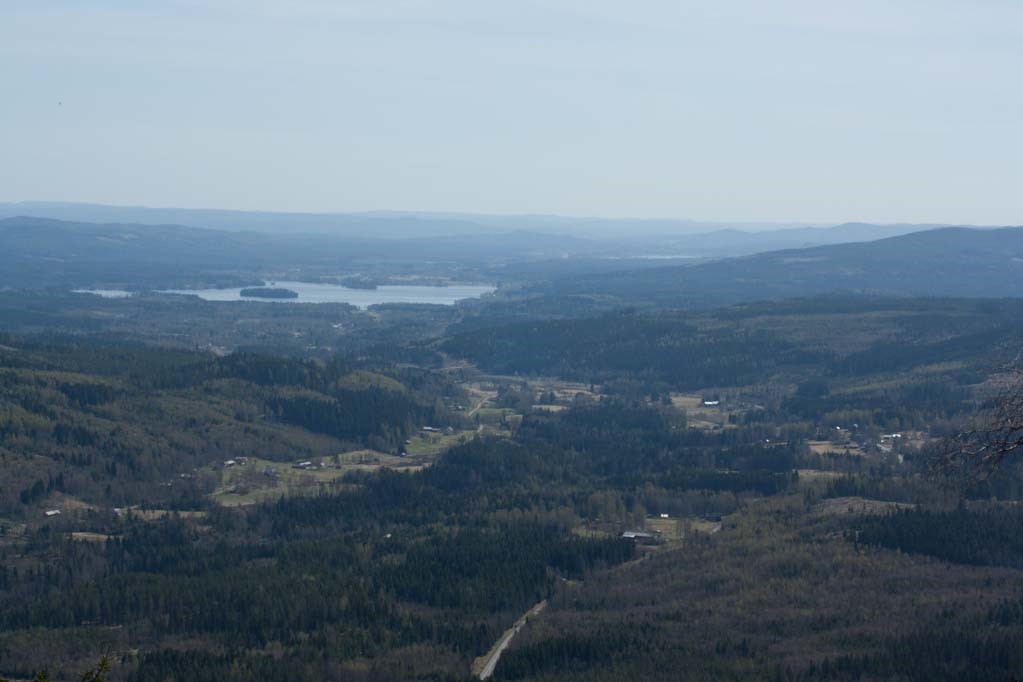
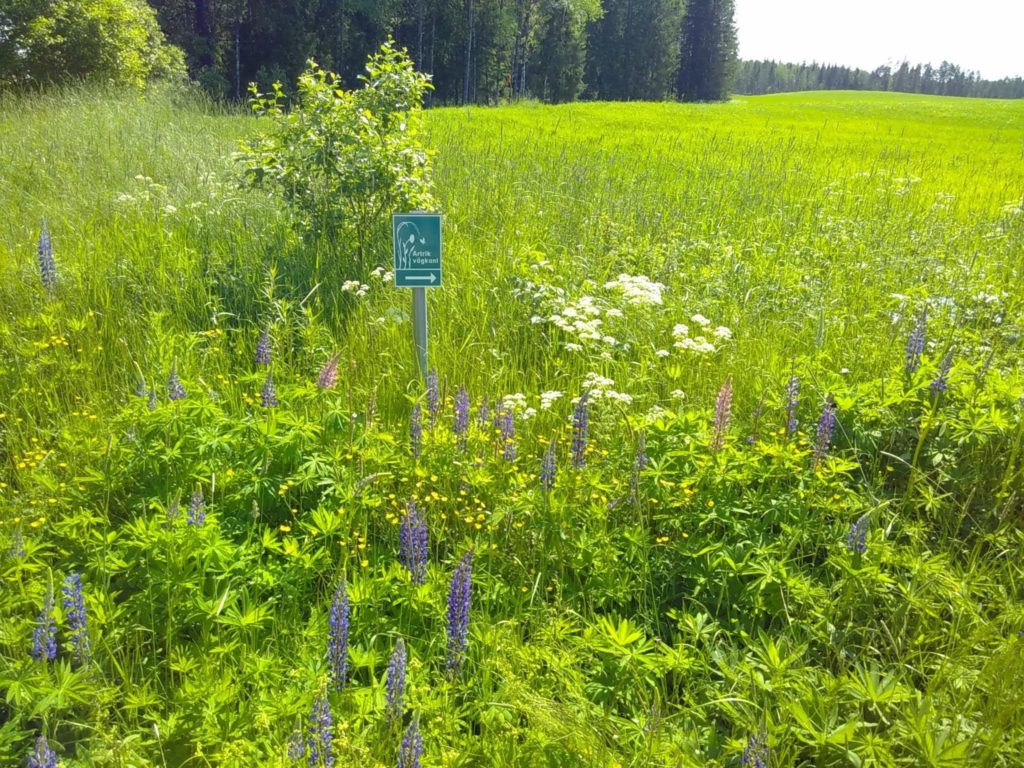
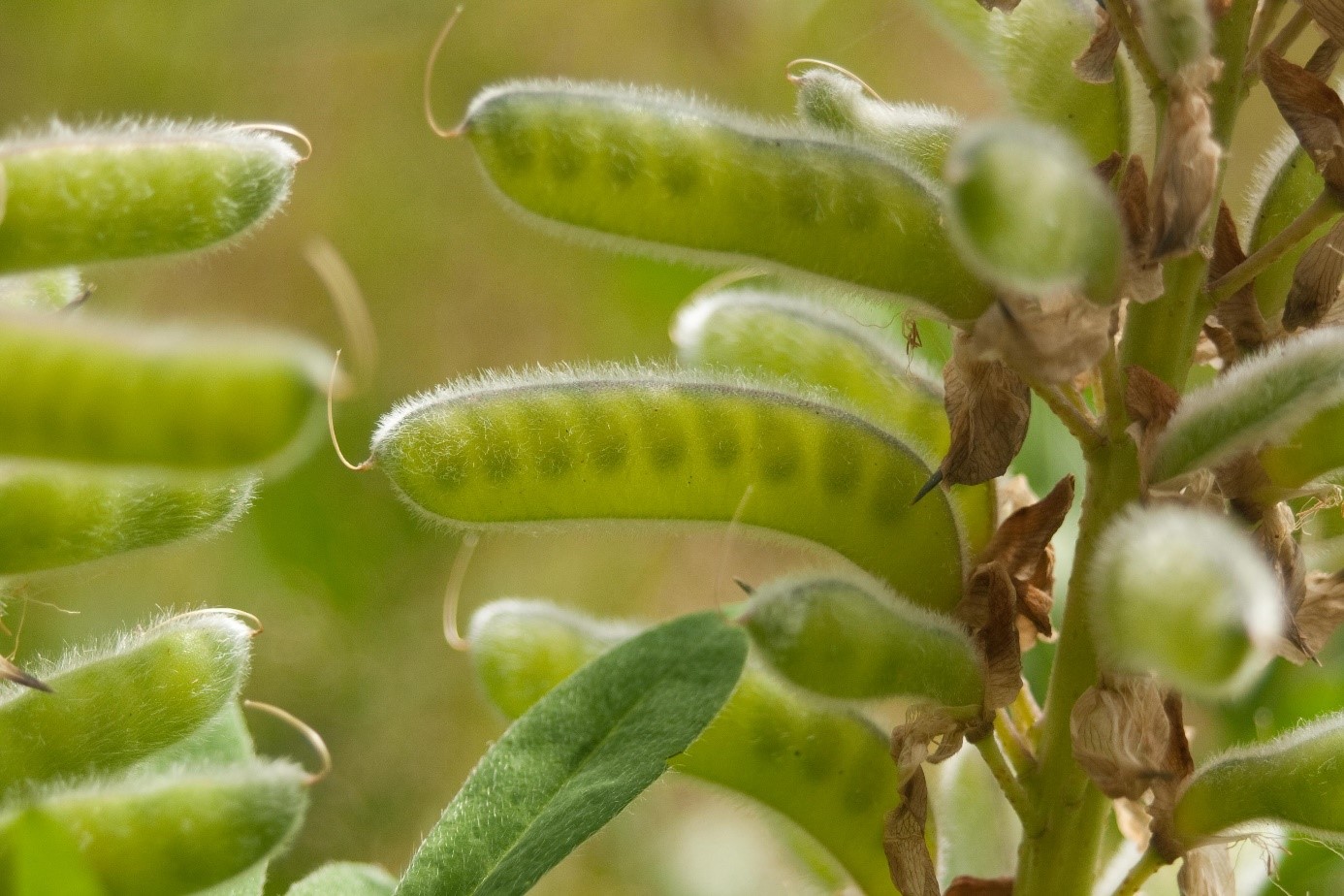
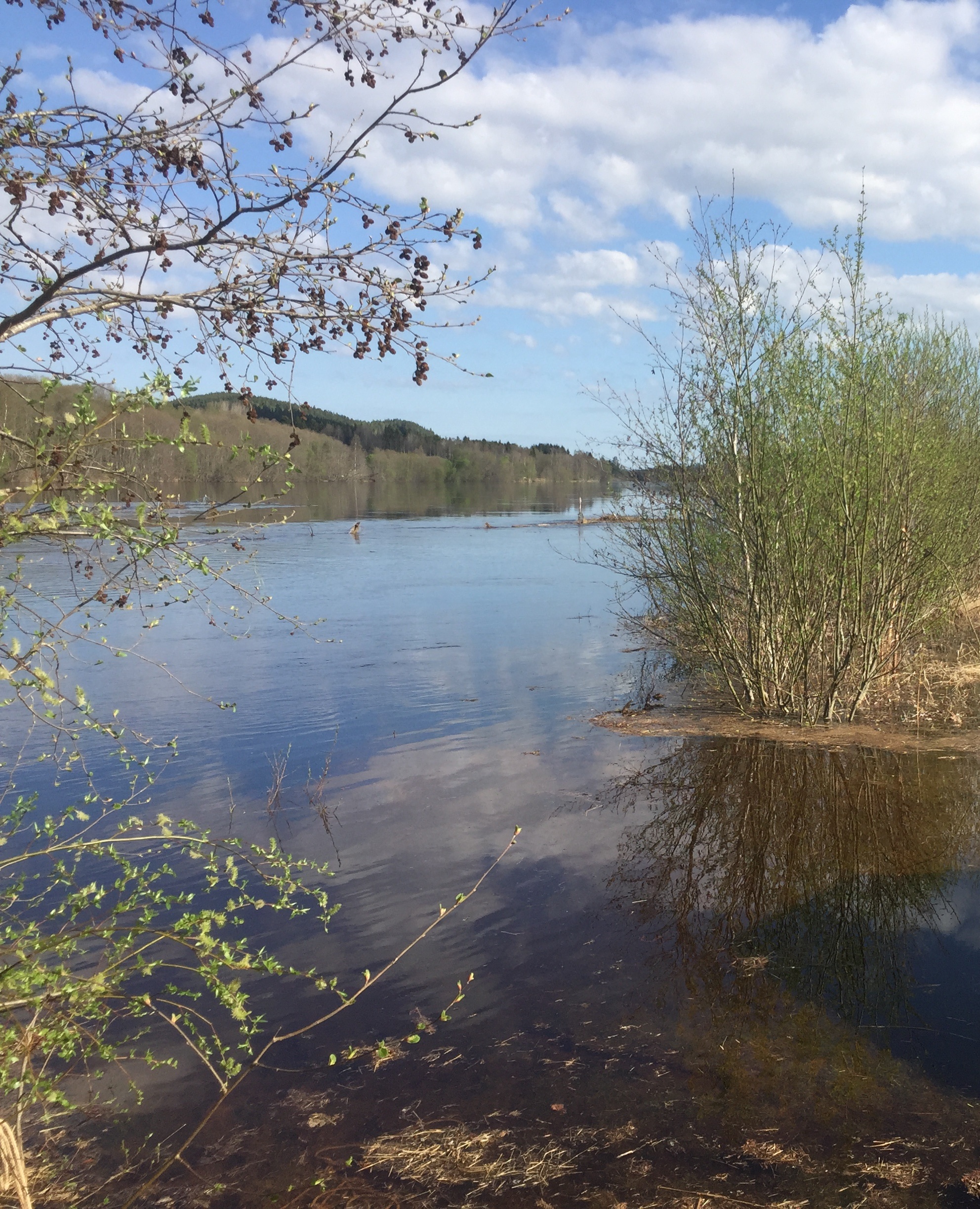
 Lovisa Lind recently started her position as Associate Professor in landscape ecology at Karlstad University and the NRRV research group. Here she presents her scientific background and research interests:
Lovisa Lind recently started her position as Associate Professor in landscape ecology at Karlstad University and the NRRV research group. Here she presents her scientific background and research interests:

